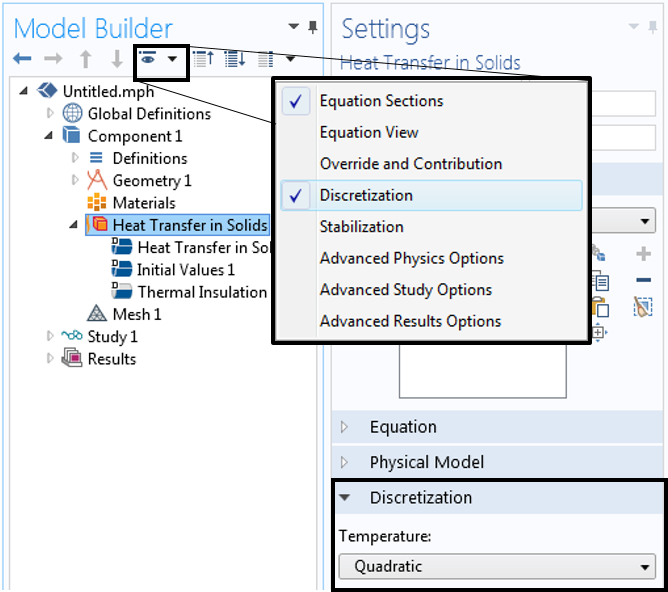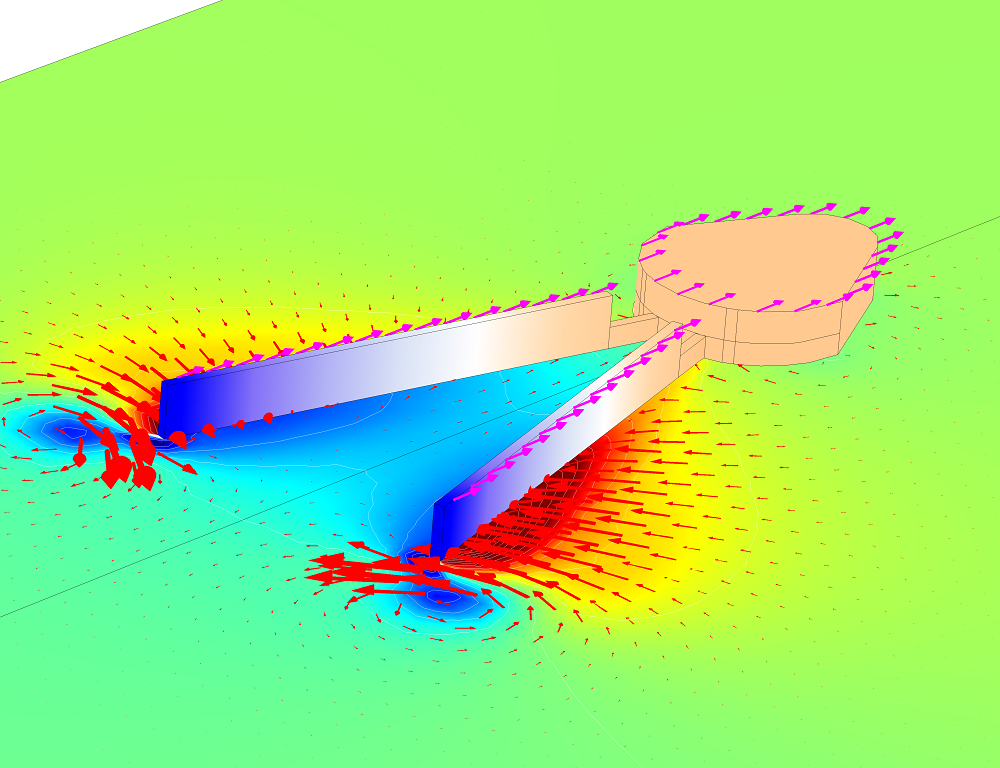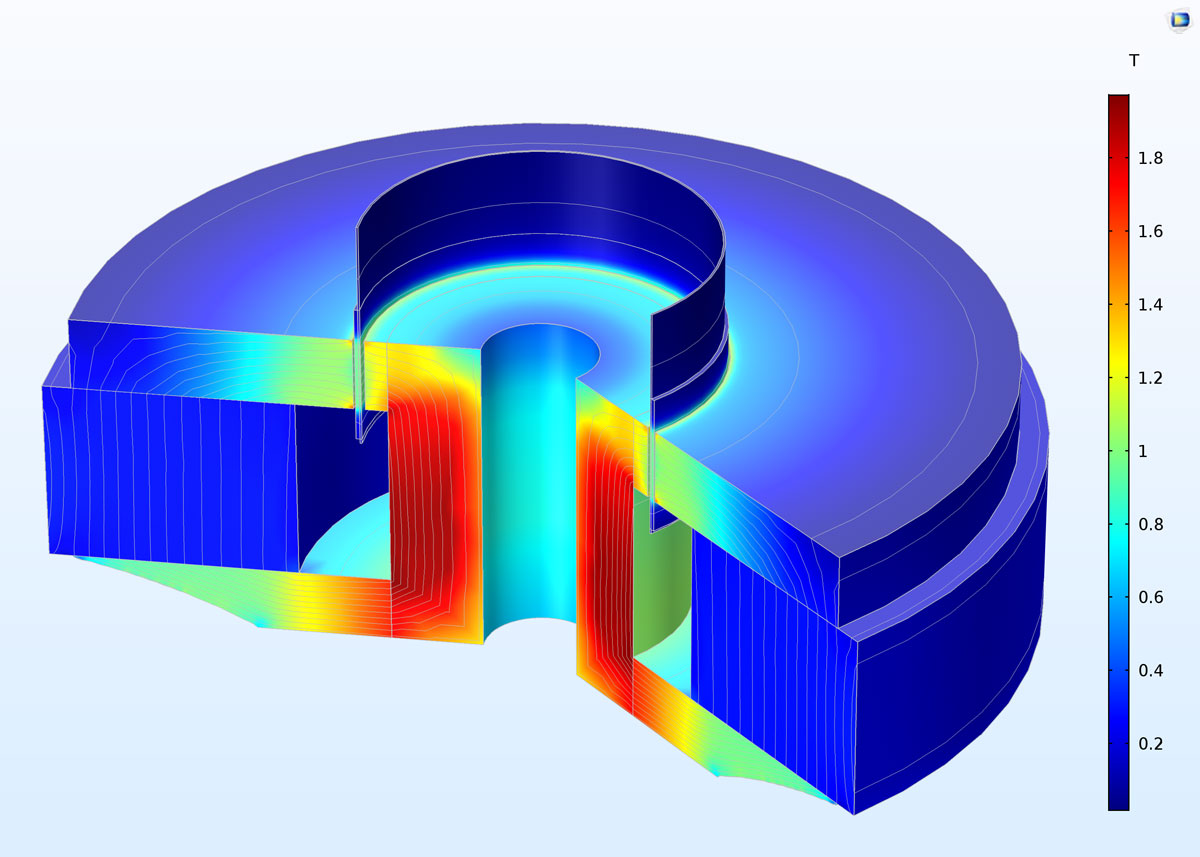

- #Comsol 5.3 discretization of fluids pdf
- #Comsol 5.3 discretization of fluids drivers
- #Comsol 5.3 discretization of fluids full
- #Comsol 5.3 discretization of fluids software
Comsol Multiphysics 5.3 Free DownloadĬlick on on the beneath hyperlink to obtain the standalone setup of Comsol Multiphysics 5.3 Free Download for Home windows x86 and 圆4 structure.You Can Also Download Comsol Multiphysics 5.2a, Comsol Multiphysics 5.3 the greatest CAE software for all the brand new and older releases of Home windows. For performance reasons, we recommend that the graphics card has at least 512 MB memory. Software rendering also supports 16-bit color graphics. The Optimize for Quality setting in the Graphics preferences requires OpenGL® 2.0. Hardware rendering requires at least 24-bit color graphics. Windows® users may also use DirectX® version 9 on the local console.
#Comsol 5.3 discretization of fluids drivers
Hardware rendering requires drivers that support OpenGL® version 1.5.
#Comsol 5.3 discretization of fluids pdf
– Adobe® Acrobat® Reader 9.0 or later to view and print the COMSOL® documentation in PDF format.ĬOMSOL® recommends hardware rendering for performance reasons. – 1-5 GB of disk space, depending on your licensed products and installation options. – At least 1 GB memory, but 4 GB per processor core or more is recommended. If you want to download Comsol Multiphysics 5.3 Build 248, please click to. – A working network card and Internet connection is recommended during installation. In the so-called physical mode of operation, it is also possible to use predetermined equations for most phenomena occurring in science and technology, such as the transfer of heat and electricity, the theory of elasticity, diffusion, wave propagation and fluid flow. These requirements are common to all platforms System Requirements For Comsol Multiphysics 5.3 Or you may specify your individual partial differential equations (PDEs) and hyperlink them with different equations and physics. You even have the choice of selecting totally different physics and defining the interdependencies your self. The effectiveness of the fracture model is verified by the quasi-brittle material one element model and the case of a single-edge notched plate subjected to tension and shear.

Short particle relaxation time For Bubbly flow, bubble concentration must be small (0.1) Bubble induced turbulence in bubbly flow. using the meshless method with velocity vectors using COMSOL and FLULNT. Combined with COMSOL Multiphysics software characteristics, the implementation method and solution scheme of PFM in COMSOL Multiphysics are presented. Gas bubble rising from a dense liquid up into a light liquid in a threephase flow, phase field simulation Sloshing in a fuel tank. Figure 5.12 shows the comparison of velocity vectors in the square cavity for Ra 1000. and click the Add ( Move Down ( 176 CHAPTER 3: BUILDING A COMSOL MODEL 5 For. It allows conventional physics-based user interfaces and coupled systems of partial. Figure 5.11 shows the meshes used for solving flow with COMSOL and FLULNT. Discretization of Fluids The following is an example of the choices of. COMSOL Multiphysics is a cross-platform finite element analysis, solver and multiphysics simulation software. You can use moving frames to solve a problem where a structure slides in relation to another structure with fluid flow in between, which is easy to set up and solve by employing a moving mesh.Predefined Comsol Multiphysics 5.3 Free Download application templates clear up many frequent downside sorts. Nodal distribution for Natural convection in a square cavity. Generally speaking, the CFD Module can also solve fluid flow problems on any moving frame, not just on rotating frames, for example opening and closing valves. The frozen rotor approach is computationally inexpensive and can be used to estimate averaged velocities, pressure changes, mixing levels, averaged temperature and concentration distributions, and more.
#Comsol 5.3 discretization of fluids full
You can solve problems using either a full time-dependent description of the rotating system or an averaged approach based on the frozen rotor approximation. The CFD Module provides rotating machinery interfaces that formulate the fluid flow equations in rotating frames, available for both laminar and turbulent flow. Rotating machines, such as mixers and pumps, are common in processes and equipment where fluid flow occurs. The simulation environment looks the same regardless of what you are modeling. Additional multiphysics couplings can be added together with other modules from the COMSOL product suite, such as combining fluid flow with large structural deformations in FSI. The CFD Module provides you with the tools to model nonisothermal flow with conjugate heat transfer, reacting flow, fluid–structure interaction (FSI), and electrohydrodynamics (EHD).

The multiphysics capabilities are virtually unlimited within the module and in combination with other add-on modules to COMSOL Multiphysics ®. The CFD Module provides tools for modeling the cornerstones of fluid flow analyses, including: Perform computational fluid dynamic simulations with the CFD Module, an add-on product to the COMSOL Multiphysics ® software. Simulate Single-Phase and Multiphase Flow


 0 kommentar(er)
0 kommentar(er)
